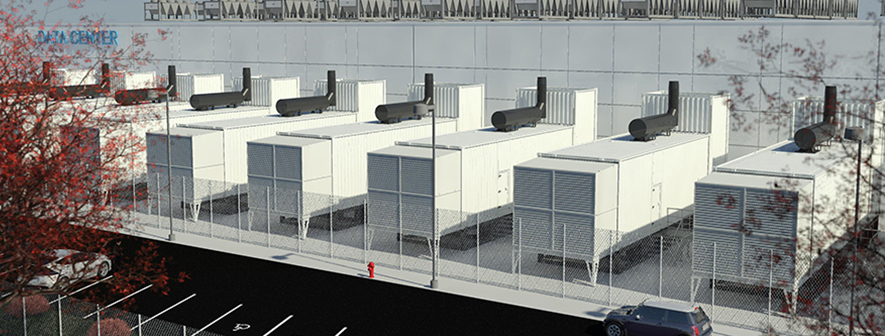Understanding Generator Capacity Ratings
![]() Continuing Education
Continuing Education
Use the following learning objectives to focus your study while reading this month’s Continuing Education article.
Learning Objectives - After reading this article, you will be able to:
- Identify the fundamental backup generator and power system components.
- Examine the relationship between various generator specifications (kVA/kW/PF) and engine horsepower.
- Recognize the impact of load characteristics on a generator’s requirements.
- Comprehend the implications of under-sizing or oversizing the generator and fuel run-time.
Society is extremely dependent on electrical power. It is the underpinning of virtually everything we take for granted in everyday life at home, work, and, in many cases, public and commercial transportation. Virtually all of the critical infrastructure for communications, security, emergency services, and life safety depend on power.
Unfortunately, climate change and record weather extremes are likely to increase the likelihood of more frequent and extensive utility power interruptions as well as risks to life and property. This will place a greater demand for energy security and resilience, causing more facilities to install on-site, backup power systems. This represents a long-term investment in a critical asset and, therefore, it’s important this investment will meet present load requirements as well as any reasonably foreseeable future requirements.
Generally speaking, many generators are simply selected by kVA capacity. While this a good starting point, there are other factors that need closer examination, including the type of loads the generator is required to support, fuel autonomy, the rate of fuel consumption under different conditions, and more.
This webinar will discuss the Generator Capacity Ratings components and systems.

Photo courtesy of Kohler

|
Julius Neudorfer is the CTO and founder of North American Access Technologies, Inc. Based in Westchester NY, NAAT’s clients include Fortune 500 firms and government agencies. NAAT has been designing and implementing data center infrastructure and related technology projects for the last 25 years. He is a member of AFCOM, ASHRAE, IEEE, iMasons and The Green Grid. He is also an instructor for the US Department of Energy “Data Center Energy Practitioner” “DCEP” program. He developed and holds a US patent for a high efficiency cooling system for rack mounted computer equipment. Julius writes the “Hot Aisle Insight” column at Mission Critical Magazine, and has also written numerous articles and whitepapers for various IT and data center publications and has presented seminars and webinars on data center power, cooling and energy efficiency. |
